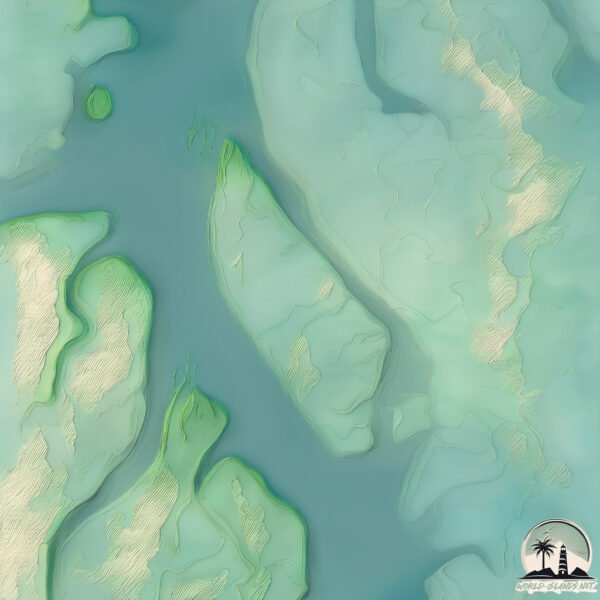Welcome to Ko Thung Tu , a Tropical island in the Andaman or Burma Sea, part of the majestic Indian Ocean. This guide offers a comprehensive overview of what makes Ko Thung Tu unique – from its geography and climate to its population, infrastructure, and beyond. Dive into the details:
Geography and size of Ko Thung Tu
Size: 8.676 km²Coastline: 23.9 kmOcean: Indian OceanSea: Andaman or Burma SeaContinent: Asia
Ko Thung Tu is a Small Island spanning 8.7 km² with a coastline of 23.9 km.
Archipel: –
Tectonic Plate: Pacific – The world’s largest tectonic plate, covering much of the Pacific Ocean, known for the Pacific Ring of Fire with extensive seismic and volcanic activity.
The geographic heart of the island is pinpointed at these coordinates:
Climate and weather of Ko Thung Tu
Climate Zone: TropicalClimate Details: Tropical Monsoon ClimateTemperature: Hot
Climate Characteristics: Characterized by heavy rainfall, high humidity, and uniformly high temperatures, but with a distinct short dry season. It features a seasonal reversal of prevailing wind directions.
Topography and nature of Ko Thung Tu
Timezone: UTC+07:00Timezone places: Asia/JakartaMax. Elevation: 1 m Mean Elevation: -5 mVegetation: Mangrove ForestTree Coverage: 86%
The mean elevation is -5 m. The highest elevation on the island reaches approximately 1 meters above sea level. The island is characterized by Plains: Flat, low-lying lands characterized by a maximum elevation of up to 200 meters. On islands, plains are typically coastal lowlands or central flat areas.
Dominating Vegetation: Mangrove Forest
Vegetation: 3 vegetation zones – Moderately Diverse Island
Infrastructure and Travelling to Ko Thung Tu
Does the island have a public airport? no .
Does the island have a major port? no .
The mean population of Ko Thung Tu is 34 per km². Ko Thung Tu is Gently Populated. The island belongs to Thailand .
Continuing your journey, Ko Ra is the next notable island, situated merely km away.
KRABI, THAILAND | 10 BEST Things To Do In Krabi (Ao Nang & Around)
Krabi is located on southern Thailand's west coast. Krabi is home to impressive limestone cliffs, dense mangrove forests, white ...
KRABI, THAILAND | 10 BEST Things To Do In Krabi (Ao Nang & Around)
Krabi is located on southern Thailand's west coast. Krabi is home to ...
Krabi is located on southern Thailand's west coast. Krabi is home to impressive limestone cliffs, dense mangrove forests, white ...
Full Steam Ahead on the Isle of Wight Steam Railway - A Great Day Out!
All aboard for an unforgettable adventure on the Isle of Wight Steam ...
All aboard for an unforgettable adventure on the Isle of Wight Steam Railway! Imagine stepping back in time to the golden age of ...
Krabi THAILAND Getaway: Discovering Koh Panyee (Muslim Floating Village)
I can't believe this hidden gem in Southern Thailand near Phuket and ...
I can't believe this hidden gem in Southern Thailand near Phuket and Krabi is not more popular. Koh Panyee is one of the most ...
Thailand is classified as Emerging region: G20: Group of Twenty – Major economies comprising both developed and emerging countries, representing the world’s largest economies. The level of income is Upper middle income.
News – Latest Updates and Headlines from Ko Thung Tu
Stay informed with the most recent news and important headlines from Ko Thung Tu. Here’s a roundup of the latest developments.
Loading...
Please note: The data used here has been primarily extracted from satellite readings. Deviations from exact values may occur, particularly regarding the height of elevations and population density. Land area and coastline measurements refer to average values at mean high tide.

